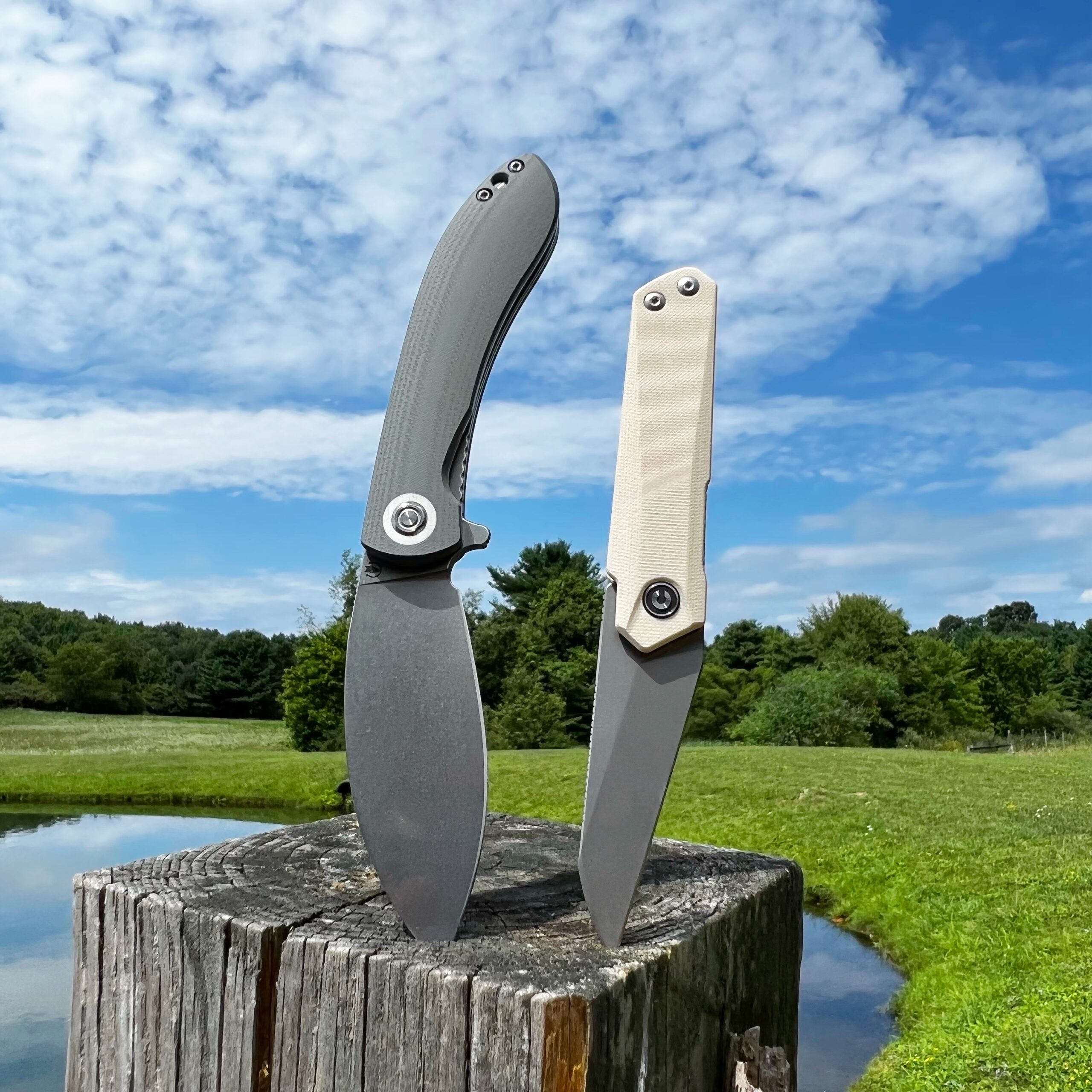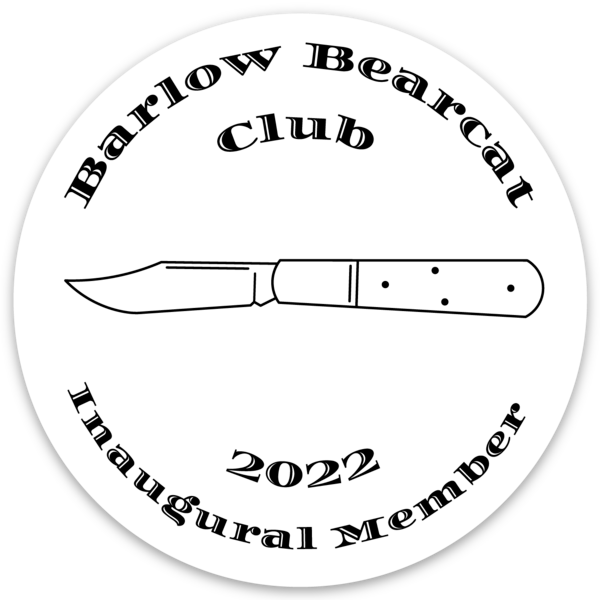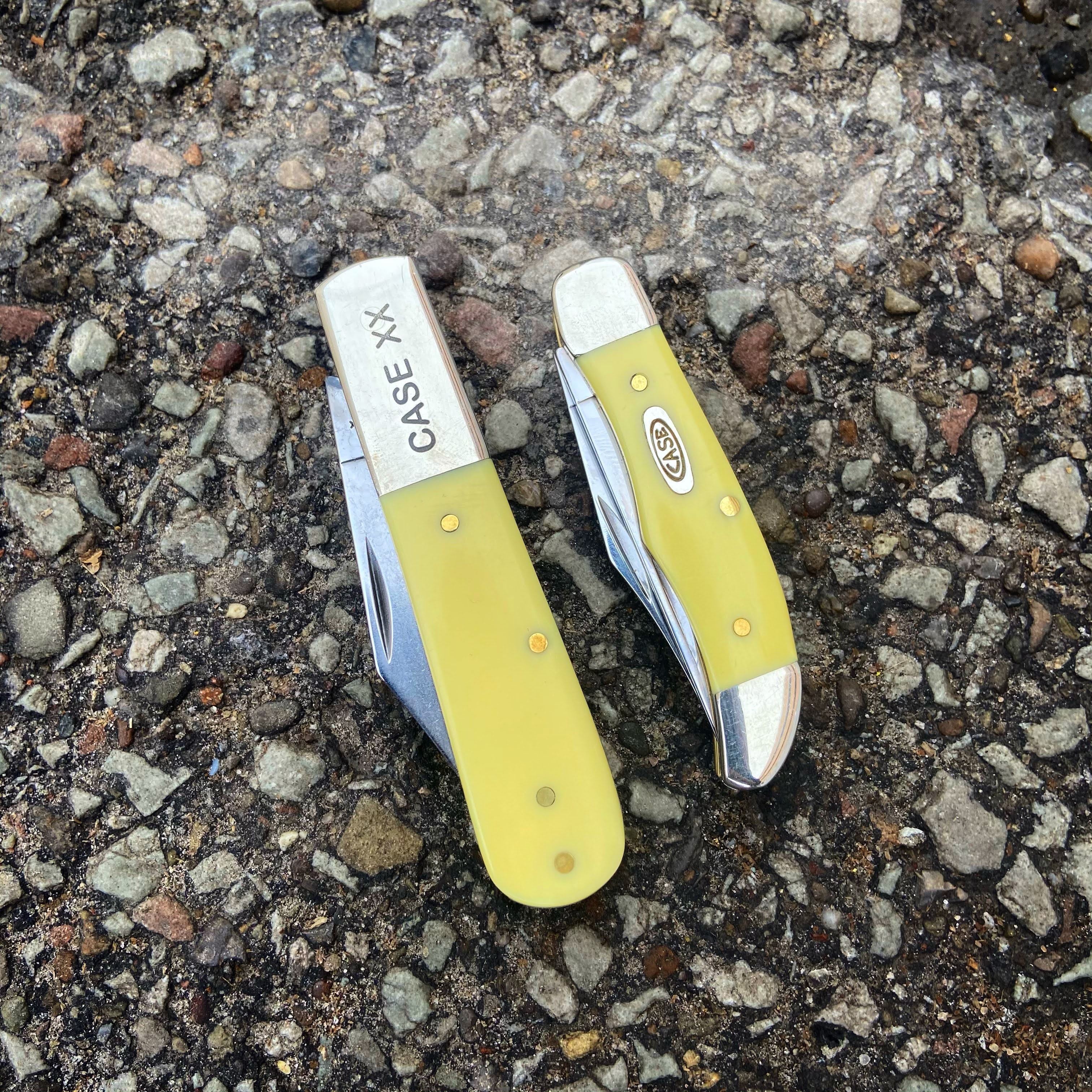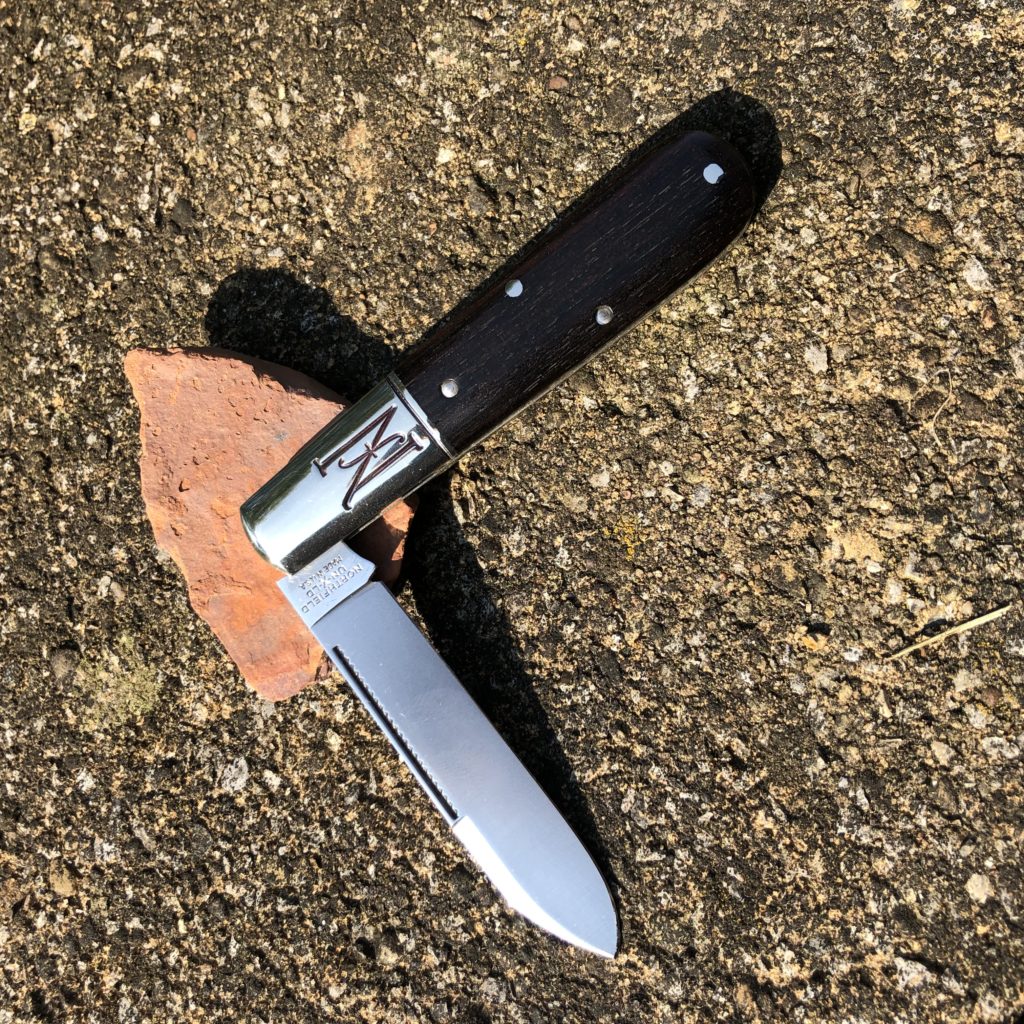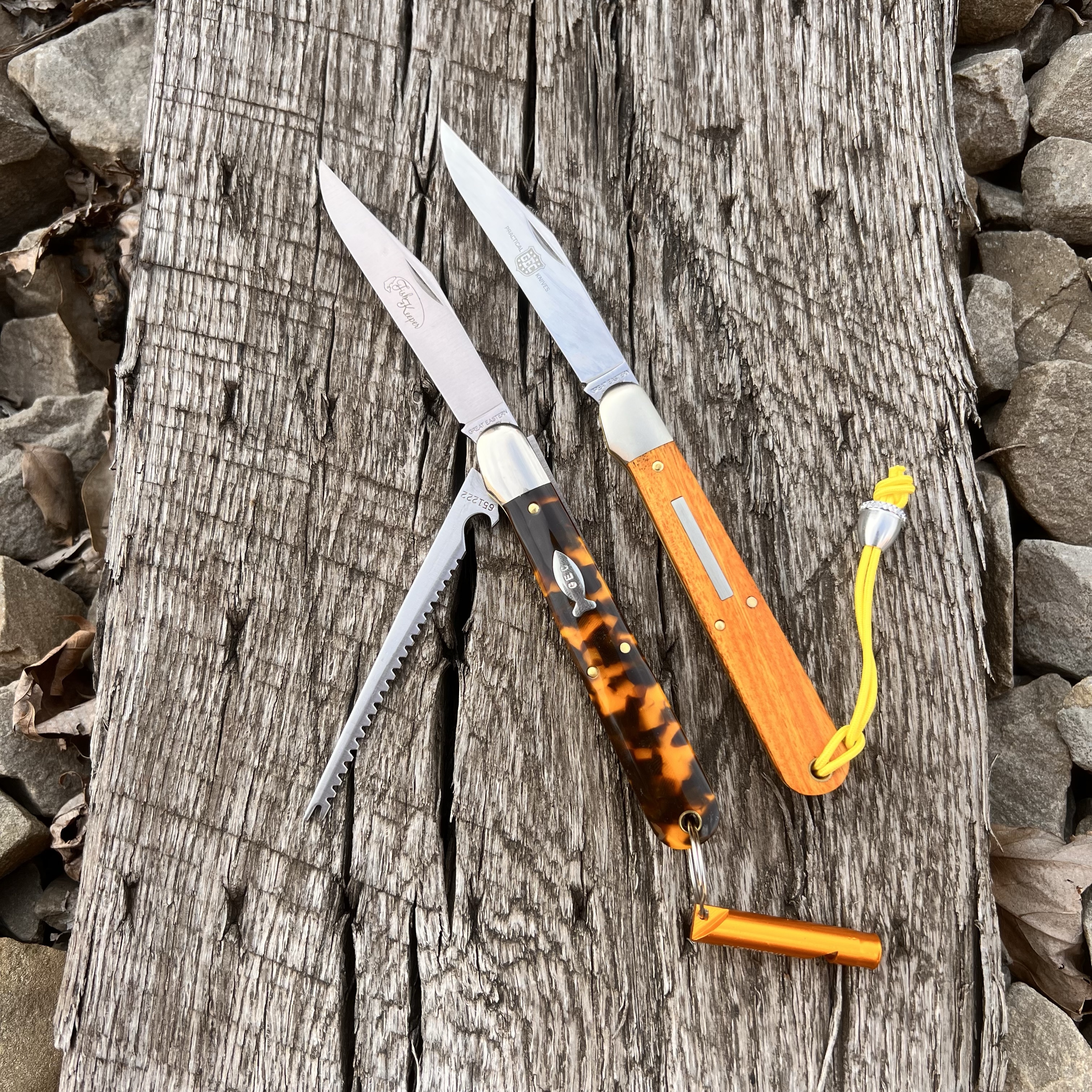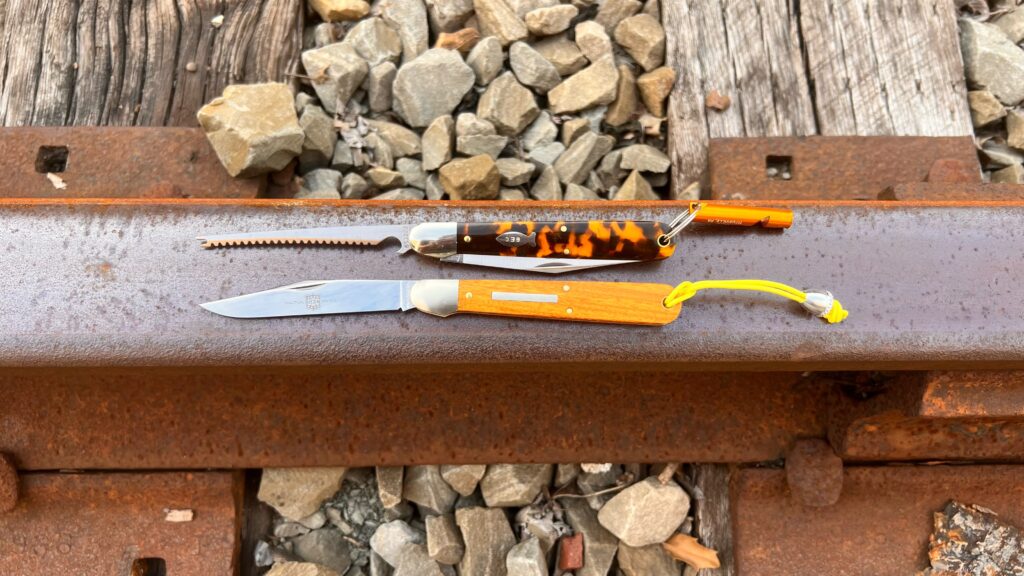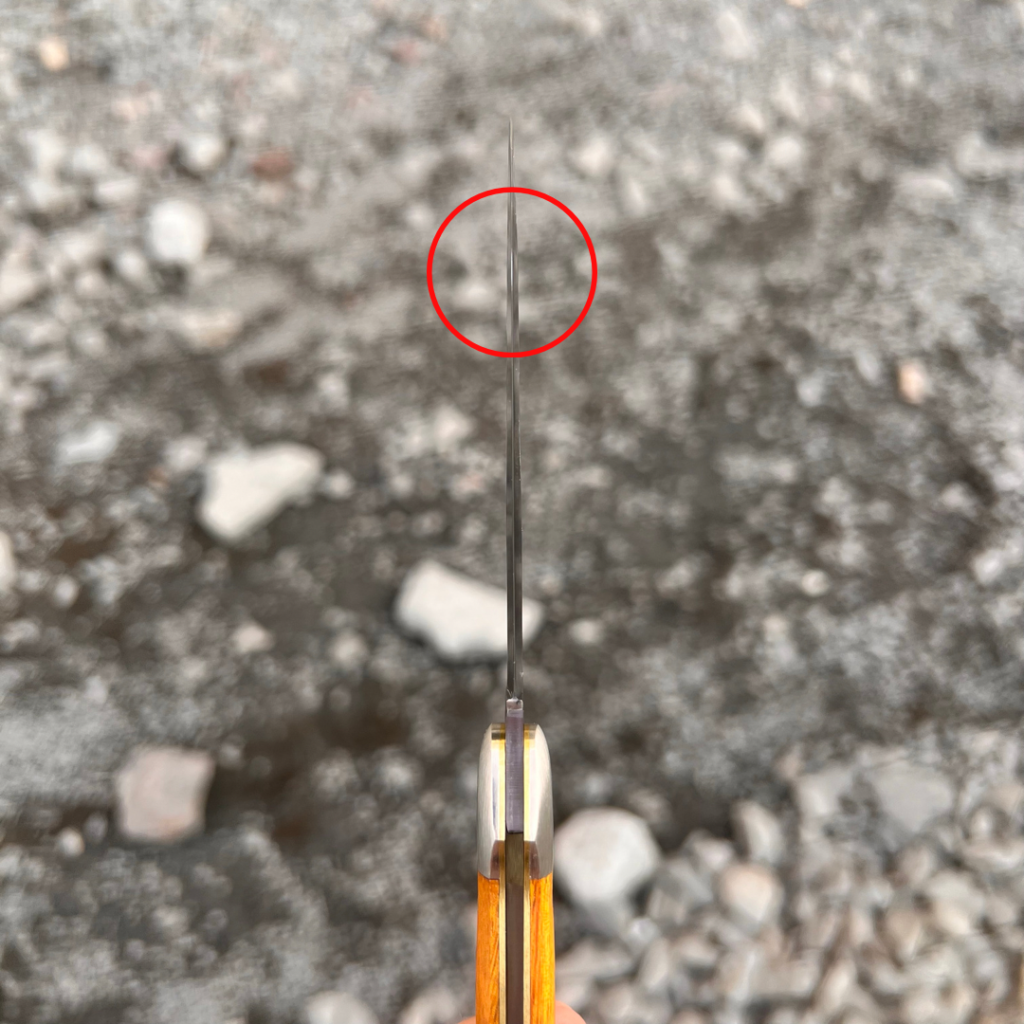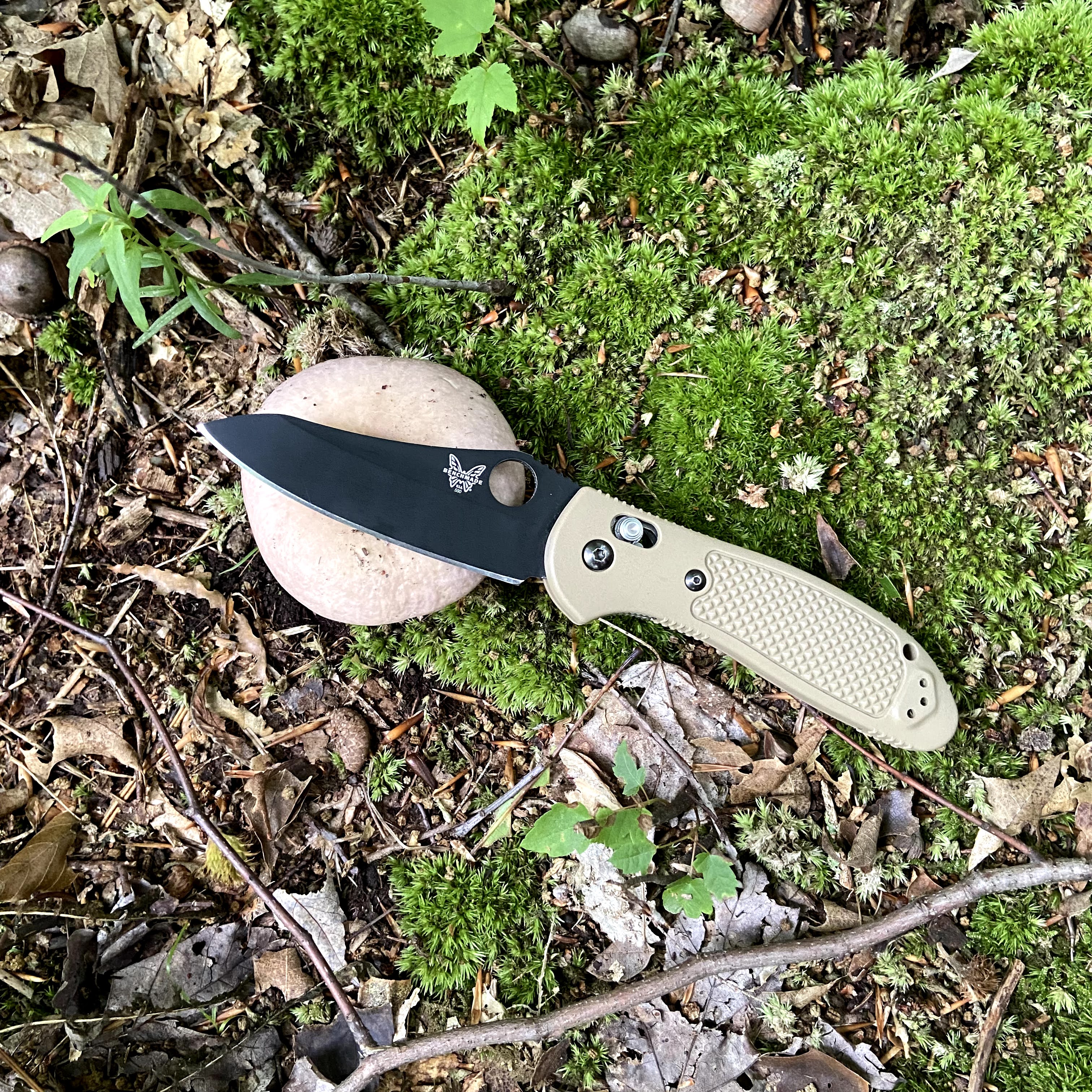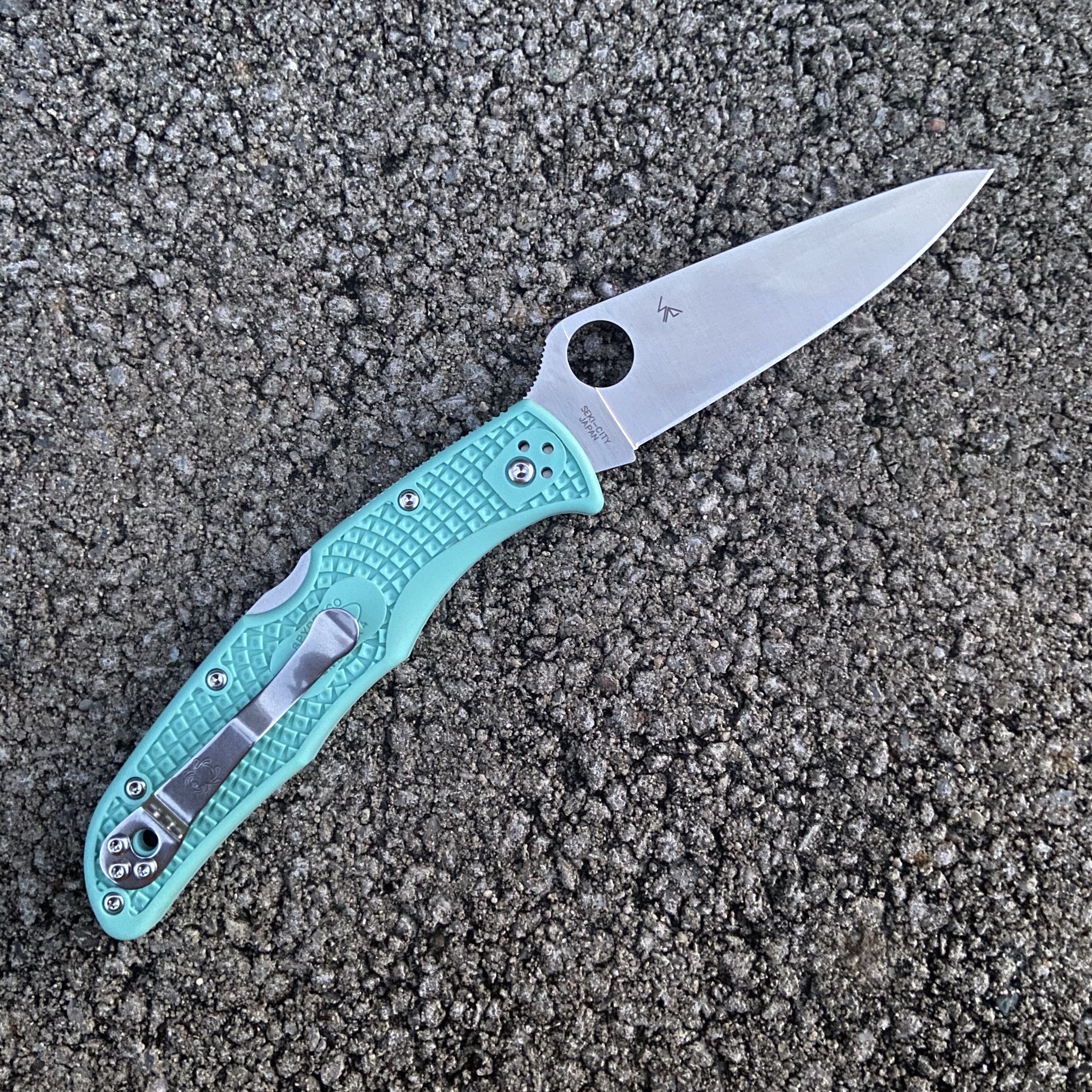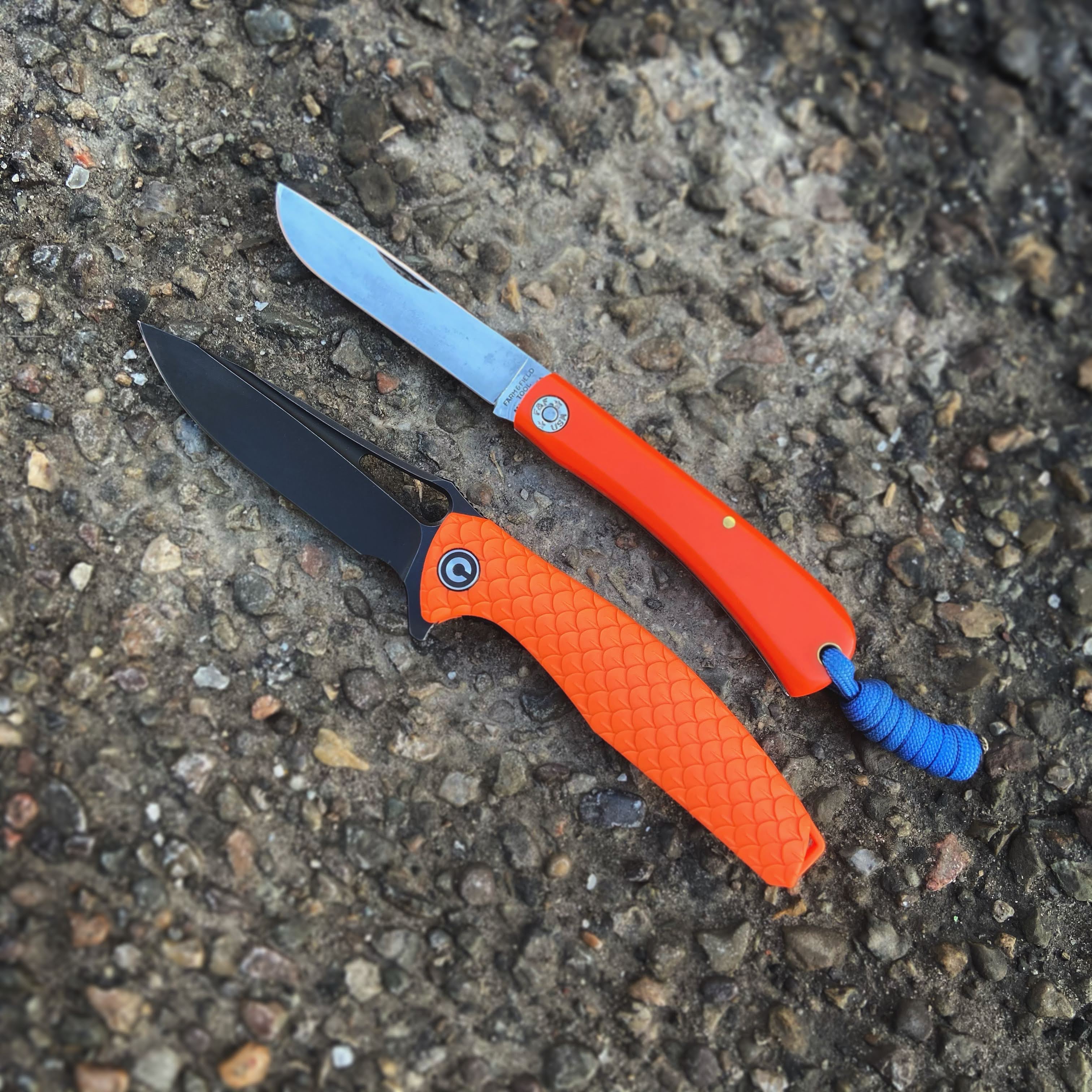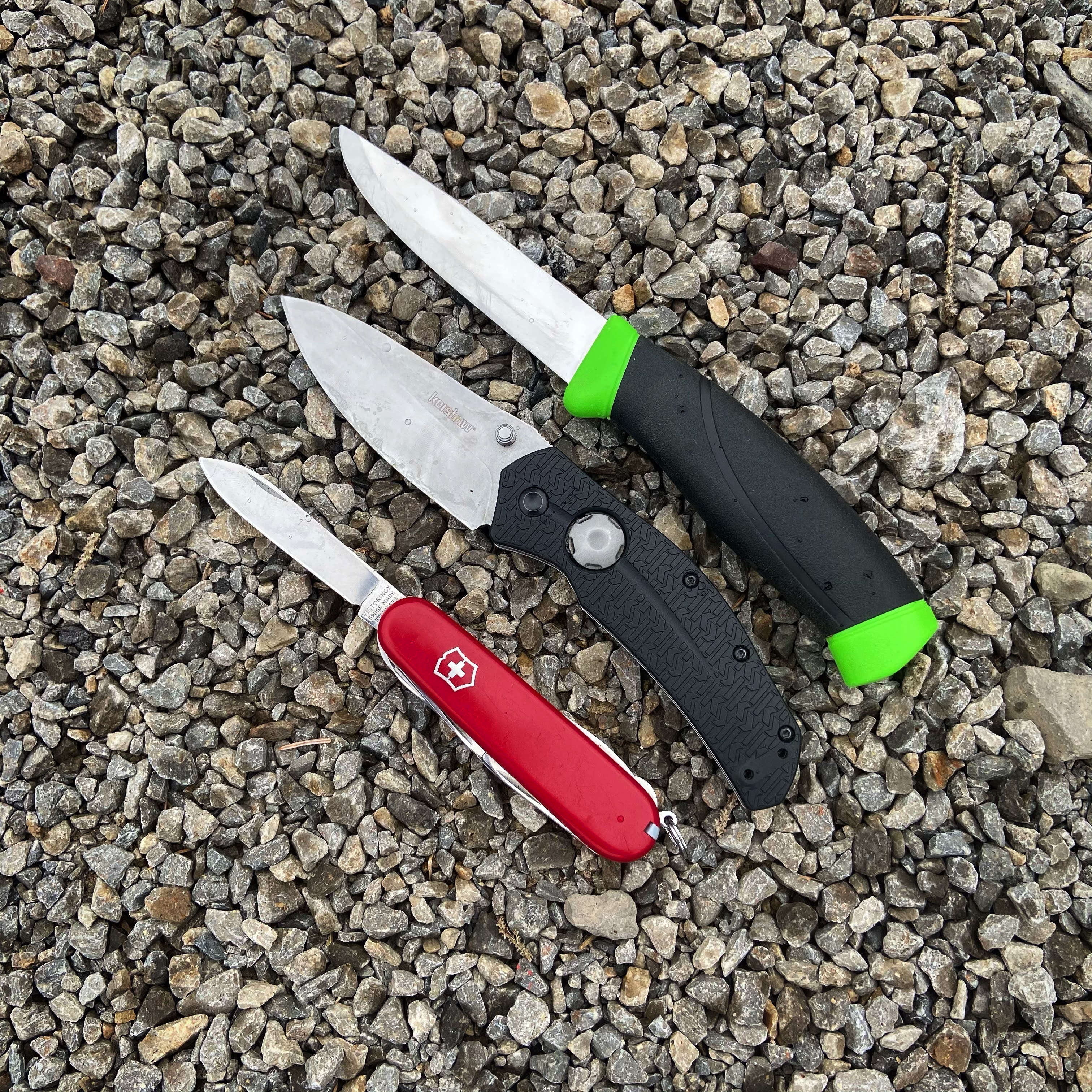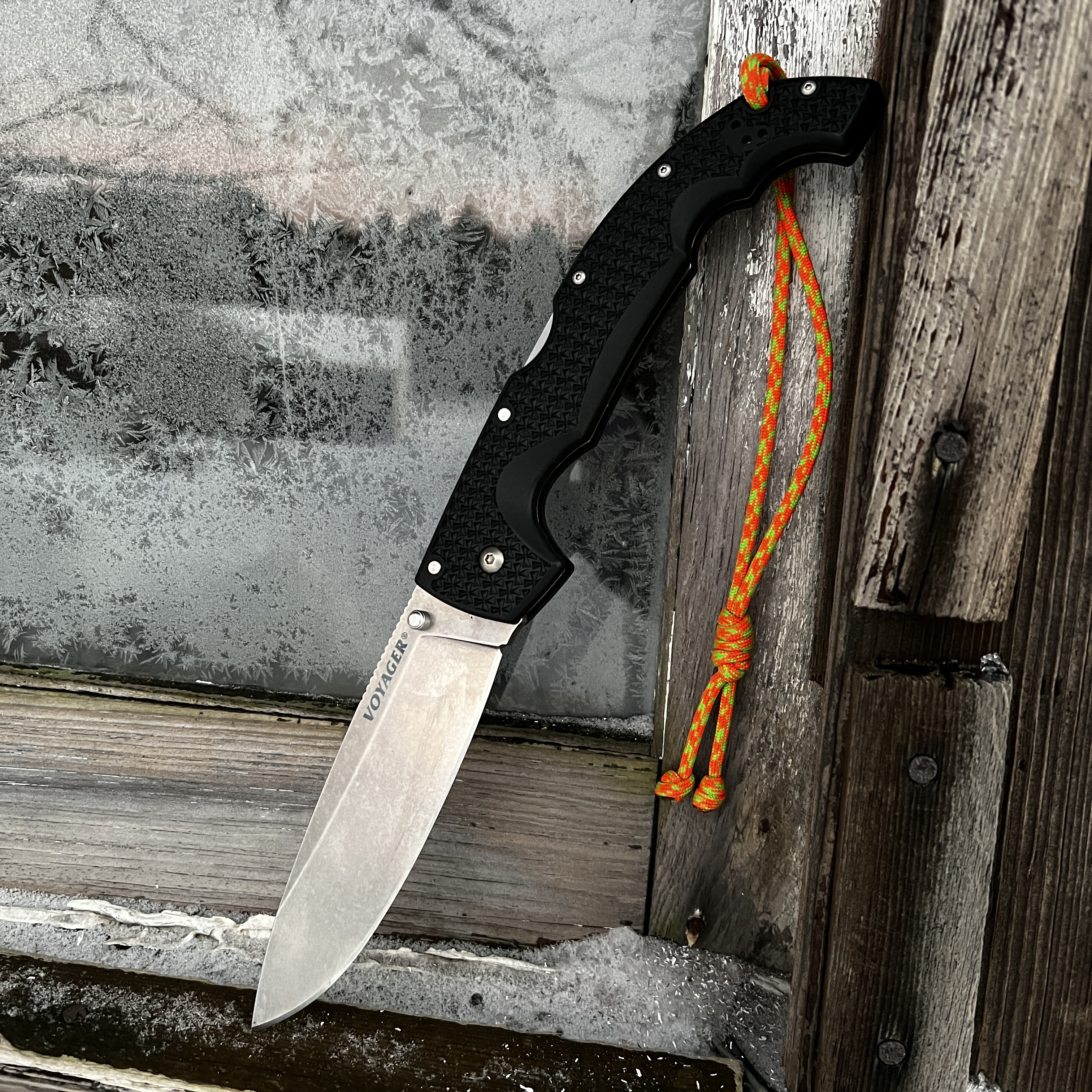Why should you carry a flashlight?
I have always enjoyed flashlights, but over the last year or so I have really dived in and become an enthusiast. I remember stopping at the flashlight tables at the “Sports Show” (now the Great American Outdoor Show) with my dad when I was young and being awed at the array and power of the lights. While I’ve mostly always carried a flashlight and found them to be useful, only recently have I really taken the time to learn about them and what makes a good one. I’ve spent countless hours perusing r/Flashlight on Reddit and reading Budget Light Forums so you don’t have to. Below are four features I suggest when choosing a great every day carry flashlight.
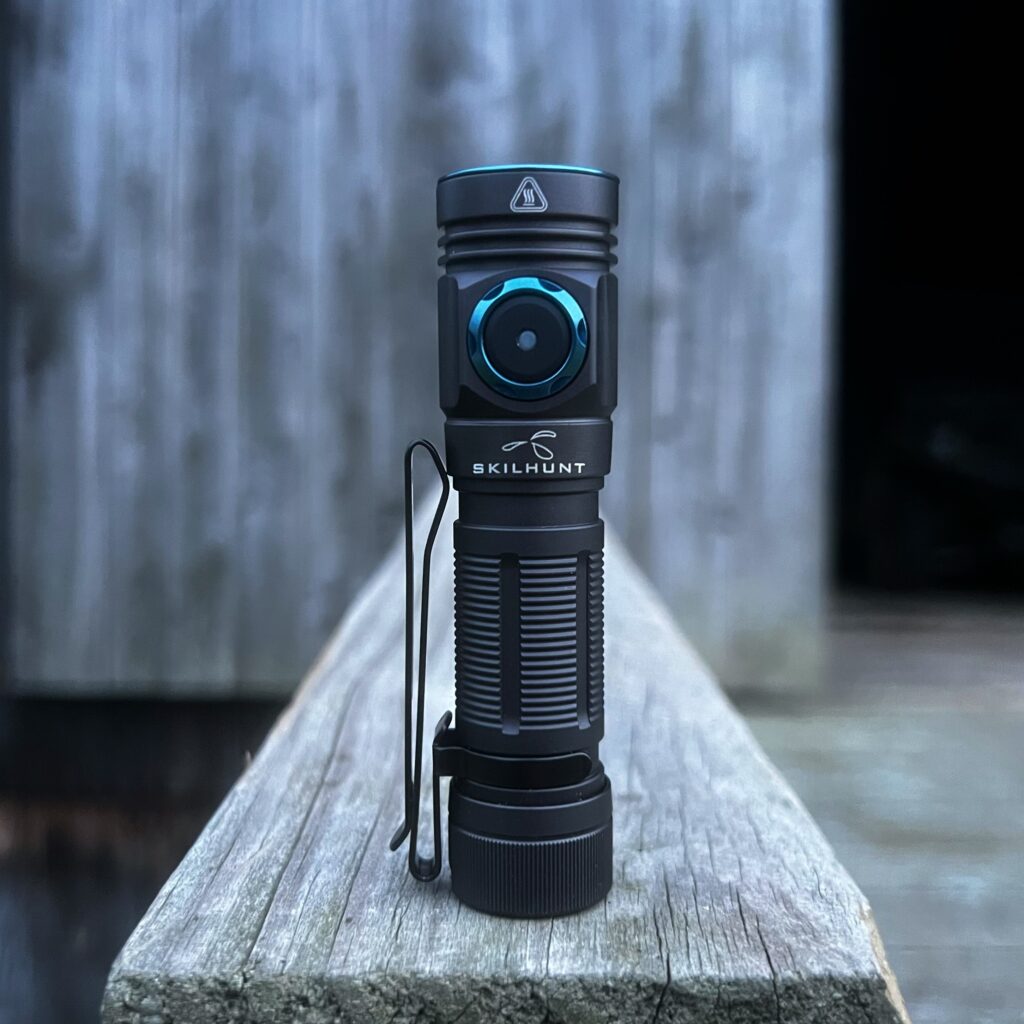
1: Practical Emitter Setup
Flashlight enthusiasts place a massive emphasis on the emitter and optics used by their lights. I don’t think the average person looking for a practical user light has to worry about the minutia of bin and dedoming and other technical details (if you don’t know what those mean, good! You really don’t need to to get a great light). However, a good emitter setup can make a flashlight much more enjoyable to use.
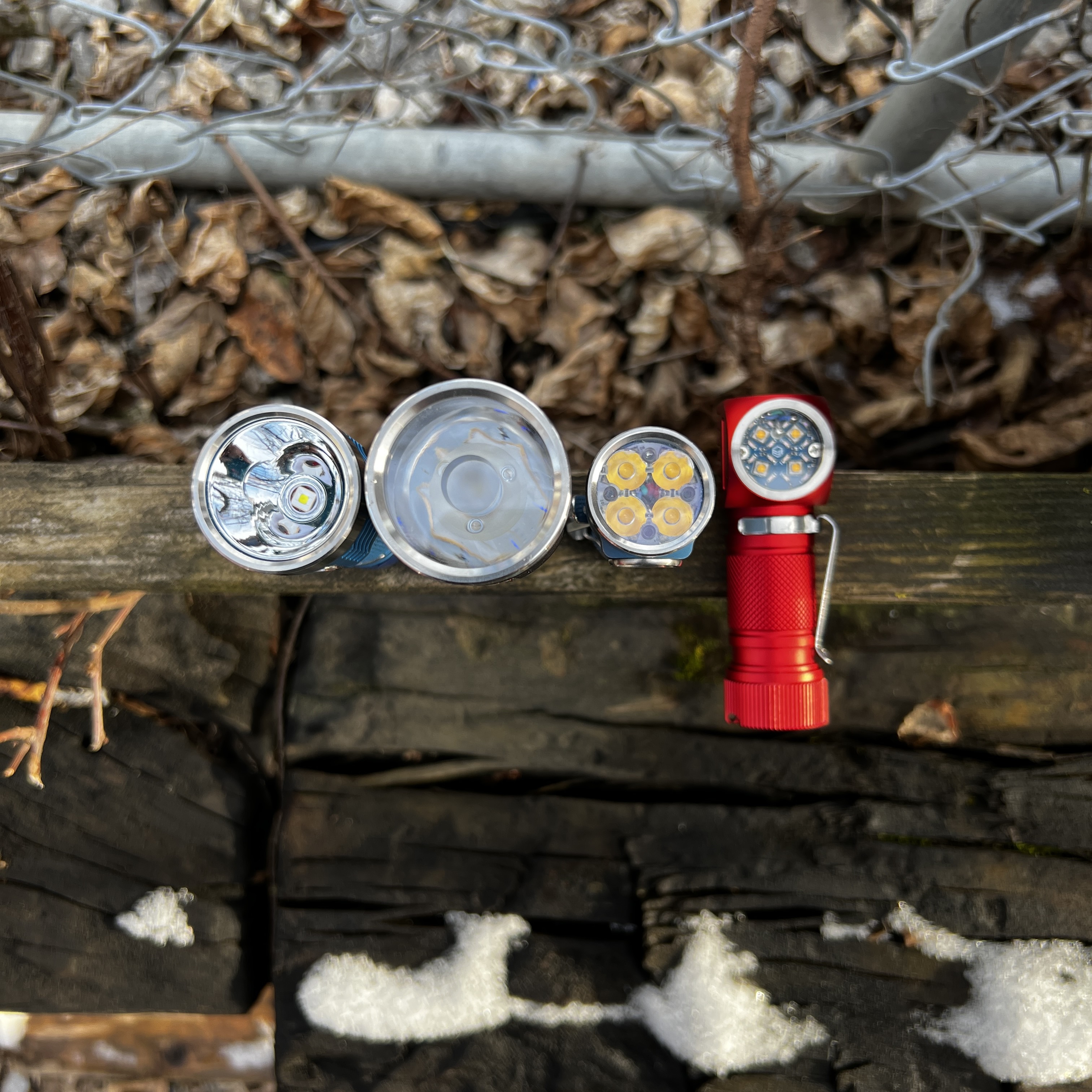
There are a myriad of emitters, or LEDs, that are used in EDC flashlights. While there may be better options for specific use cases, you won’t go wrong with some of the widely recommended options. Namely; Nichia 519a (overall), Nichia 219b (tint), Samsung LH351D (flood), and Luminus SFT-40 (throw). Respective to the listed key characteristic, these are some of the best and most recommended LED emitter choices available in every day carry lights. I have used them all and think they all work great, just with different strengths. While there are other emitters that might beat those listed in one area or another, I think the above are great options to look for in your carry light.
As for the optic, the portion of the flashlight that directs the light from the emitter outward, I suggest a simple single emitter reflector. Flashlight enthusiasts love “hotrods” that have multiple emitters behind compact TIR optics, and these are definitely fun, but I don’t think the added brightness is worth the added heat and battery drain. For general daily use a single emitter, one of those listed above, will provide more than sufficient light. While a TIR optic with a single emitter does send out an extremely uniform beam, I find the hot spot and spill offered by a simple reflector optic to be more useful in more situations.
2: On Board Charging
On board charging, the ability to charge the light’s battery without a separate charger, is a near must have on an EDC flashlight. At first I was actually staunchly against on board charging. Most lights with on board charging have a silicone port cover, and I didn’t trust them to be water proof. However, I have now used lights with on board charging (with or without silicone ports) and have had no issues with water damage.
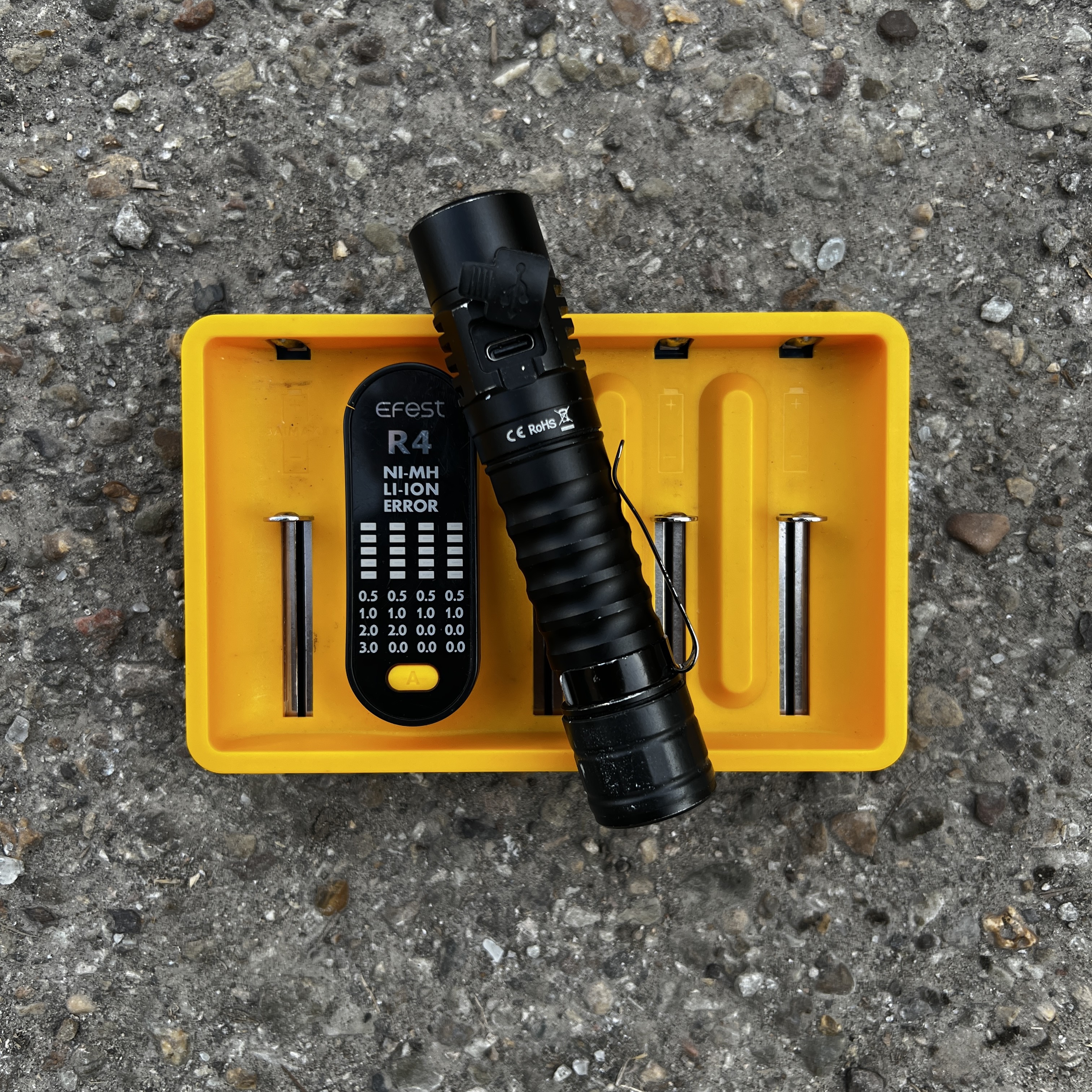
The fact is it is just supremely convenient to be able to plug your flashlight in and charge it without the hassle of added equipment. This is particularly true while traveling, when you might not want to or be able to bring a full charging setup and backup batteries. Most flashlights are now using USB-C, which is a common and familiar cord that’s used for many other electronics (soon iPhones also, I’ve read).
A couple other things to look for are standard batteries and interchangeable battery options. First, Some flashlights use proprietary batteries, which cannot be replaced with standard size batteries. While a proprietary battery isn’t a deal breaker in all cases, I think it is much better when a light can take a standard size battery (14500, 18650, and 21700 are some of the most commonly used and recommended sizes for EDC) in case you lose or wear out the battery your light came with originally. Second, some lights can take normal alkaline or NiMH batteries in addition to the commonly used Lithium Ion batteries mentioned about. Specifically, some flashlights that use 14500 lithium ion batteries can take AA and some 10440 battery lights (smaller than I recommend for EDC) can take AAA. This feature can be useful if you find yourself somewhere where you can’t recharge your light but have access to the more common alkaline options, like when traveling or camping.
3: Usable Clip
A clip can make or break any tool you carry every day, and the clip on your flashlight is no different. Unfortunately, a significant number of flashlights are sold with sub par clips that make them less convenient to carry.
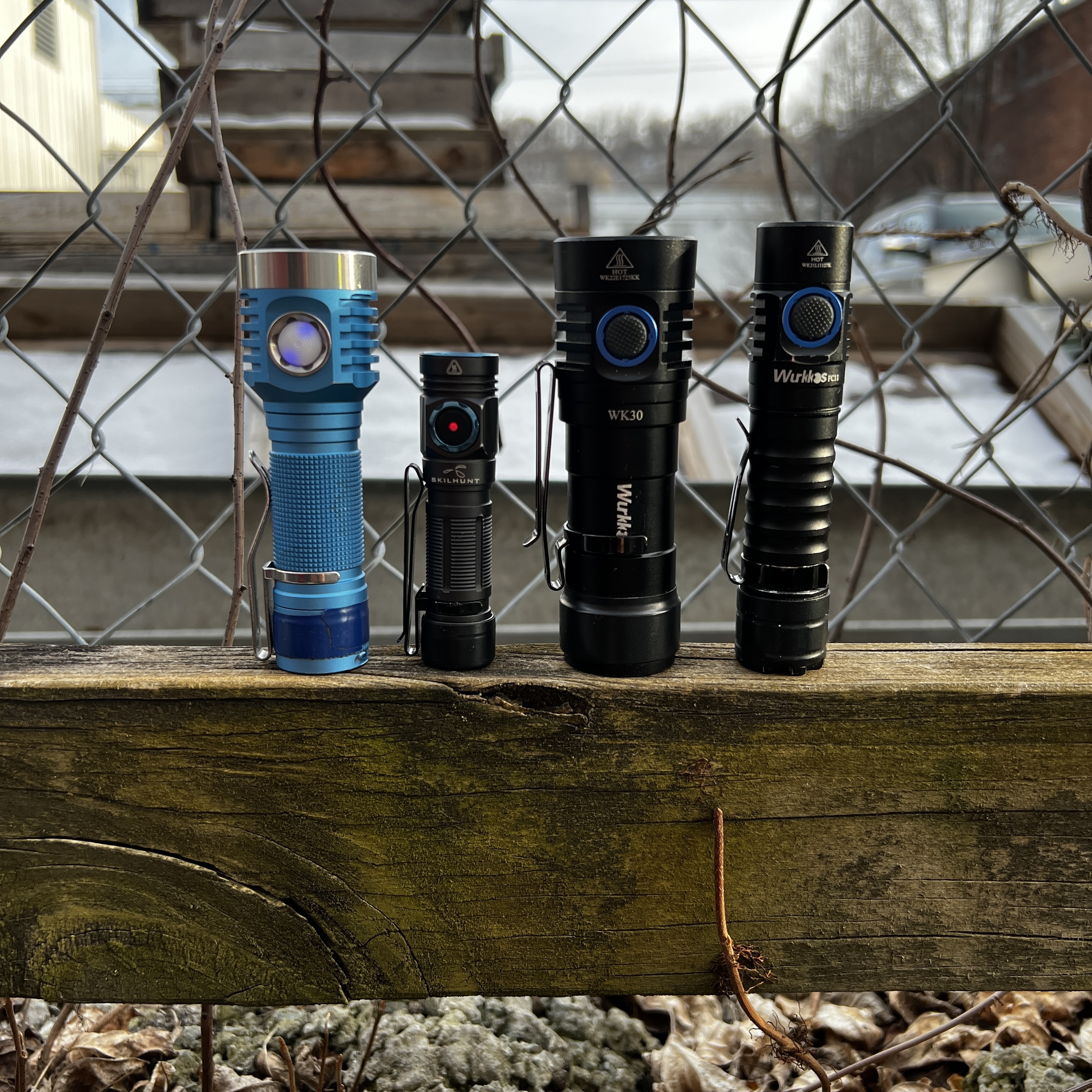
One common attribute that flashlights advertise as a feature is a two way clip. When done right a two way clip allows for the flashlight to be clipped bezel downward in your pocket and also bezel forward on the bill of a hat. However, this type of clip without a ramp in the bend at the bezel end can be very difficult to clip into your pocket intuitively. I also don’t wear baseball hats often, so I don’t find a two way clip to be useful but I understand many appreciate the feature. So, just make sure there is an up turned area that will catch the lip of your pocket and direct it under the clip if you buy a light with a two way clip.
Another common downfall of flashlight pocket clips is a general flimsyness. Try to avoid lights that use overly thin snap on clips, as these can often pull off or even snap.
Generally, a good every day carry flashlight clip is a simple and straightforward design that should look relatively similar to an EDC knife clip. While overly flimsy snap on flashlight clips are to be avoided, the truth is that the vast majority of lights use snap on or pressure fit clips unlike on knives where clips are almost always screwed on.
4: Straightforward User Interface
A good EDC light has a user interface that gives you the functionality you need without overcomplication. For most real daily use, there are only a few features I find to be commonly used: direct access to the lowest brightness, direct access to the highest brightness, a smooth or stepped ramp between low and high, and mode memory (the ability to turn on at the last used brightness). Many flashlights offer a strobe, but I don’t think strobe is a must have. Even if you need to use your light in a defensive situation I think direct access to the highest brightness would probably serve just as well as a dedicated strobe mode.

Now, that’s not to say that the fancier user interfaces, namely Anduril (now on version 2), aren’t fun and interesting. I really enjoy the customizability of my Anduril lights, and you can certainly customize them to be simple as described above. That said, I think most people who buy a flashlight for EDC don’t want to have to program their light and wouldn’t gain much value from the added features.
Conclusion and Recommendation
Just like knives, flashlights can be a purely practical tool or an expression of one’s style. In this article I’ve endeavored to provide my recommendations for an every day carry light that leans toward the former, while still scratching that itch that we EDC enthusiasts have for coolness in our tools. My hope is that this article helps you to find the best light for you.
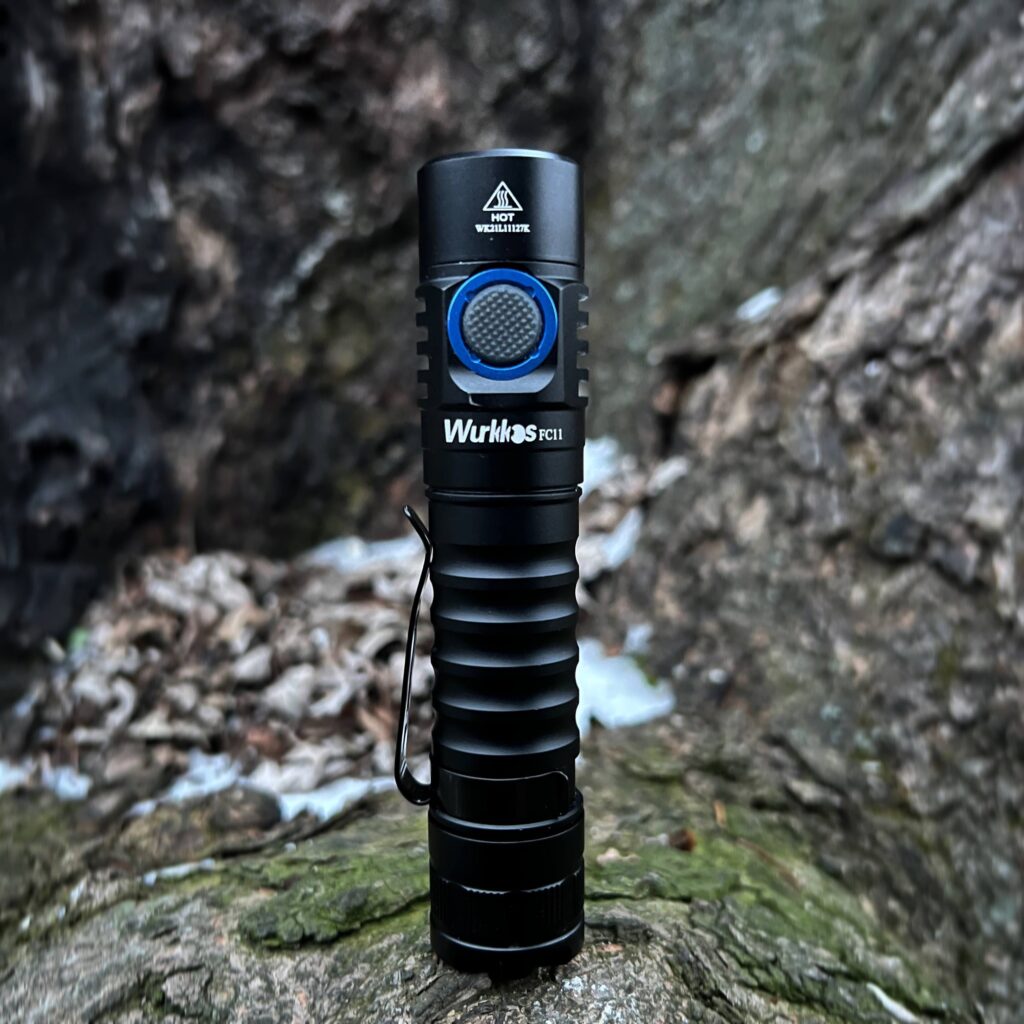
That said, if you want a simple and direct recommendation, I would suggest the Wurkkos FC11 (Amazon Affiliate link). It is a great mix of all of the features I mentioned above in a budget friendly package from a well known brand. Whichever light you go with, don’t forget to go out and do good!
I sincerely thank you for your time, support, and interest! Don’t forget to tell your friends about KnifeThoughts.com, subscribe via email, and share this article on social media. You can find Knife Thoughts on YouTube where I have hundreds of knife videos, as well as on Instagram and Facebook! You can find all my latest links at LinkTr.ee/KnifeThoughts


